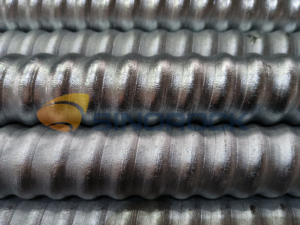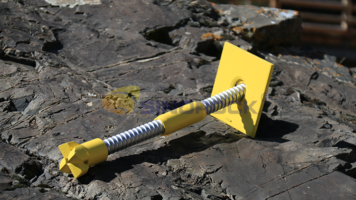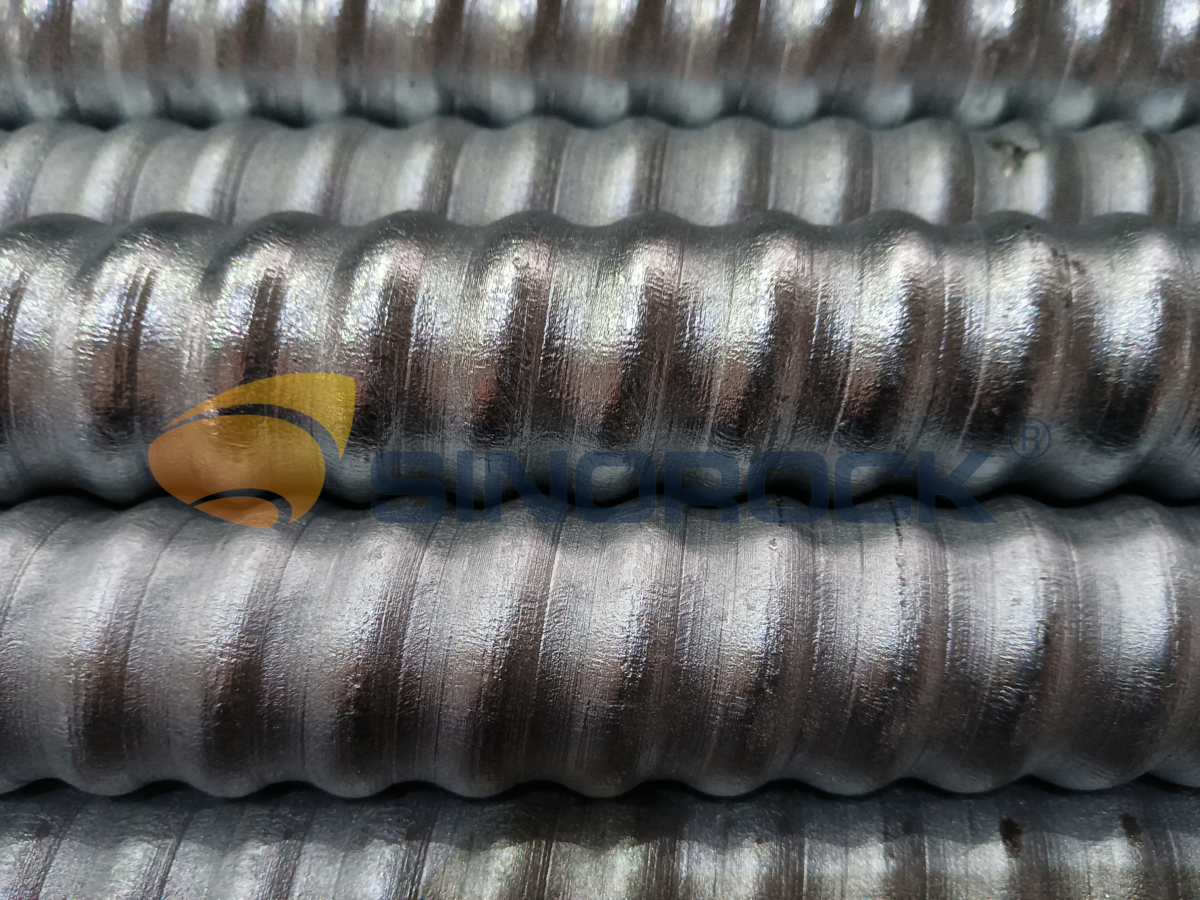In the realm of construction and engineering, self-drilling anchor systems have become indispensable tools for providing stability and support in various applications. These systems, known for their efficiency and ease of installation, offer an all-in-one solution for drilling, anchoring, and reinforcing structures. However, the long-term durability and effectiveness of these systems can be compromised by a significant threat: corrosion. So how to solve the problem of corrosion? In this article, we delve into the imperative need for corrosion resistance in self-drilling anchor systems and explore innovative measures that fortify their durability, ensuring steadfast reliability.
Understanding Corrosion in Self-Drilling Anchor Systems
Corrosion, an electrochemical process, occurs when a metal reacts with its environment, leading to the deterioration of its physical and mechanical properties. In self-drilling anchor systems, corrosion can have severe consequences, jeopardizing structural integrity and posing safety risks. Common causes of corrosion include exposure to moisture, chemicals, and environmental conditions such as high humidity or aggressive soils.
The Impact of Corrosion on Self-Drilling Anchor Systems
Corrosion in self-drilling anchor systems can result in several adverse effects, including reduced load-bearing capacity, compromised bond strength, and even complete failure of the anchor bar. As corrosion progresses, the anchor’s material weakens, causing a significant reduction in its ability to withstand external forces. Moreover, the presence of corrosion products can accelerate further degradation, leading to an increased risk of anchor bar rupture or collapse.
Innovations in Corrosion-Resistant Self-Drilling Anchor Systems
Recognizing the critical need to enhance corrosion resistance, manufacturers have developed innovative solutions to mitigate this issue and extend the lifespan of self-drilling anchor systems. These advancements encompass both material improvements and protective coatings.
High-Performance Materials
Incorporating corrosion-resistant materials such as stainless steel or other composites into self-drilling anchor systems significantly improves their resistance to corrosion. These materials possess inherent properties that withstand the corrosive effects of the environment, ensuring long-term structural integrity.
Protective Coatings
Applying specialized coatings to self-drilling anchors provides an extra layer of defense against corrosion. These coatings, often made of epoxy, zinc, or other anti-corrosive compounds, create a barrier between the anchor and its surroundings, preventing direct contact with corrosive agents. Additionally, these coatings offer abrasion resistance, further enhancing the anchor bar’s durability.

Double Corrosion Protection
In more challenging environments where corrosion risks are exceptionally high, self-drilling anchor systems can incorporate a double corrosion protection mechanism. The process involves hot-dip galvanizing the anchor bar and then spraying an epoxy coating on the exterior. Self-drilling anchor systems with a double corrosion protection treatment are better protected against corrosion, not only against chemical corrosion but also against corrosion in acidic environments, galvanic corrosion from stray currents, and other environments, with better corrosion protection, a higher margin of safety, and longer service life.
Conclusion
The corrosion resistance of self-drilling anchor systems is a crucial factor in ensuring the long-term reliability and safety of structures. By leveraging high-performance materials, protective coatings, and double corrosion protection mechanisms, manufacturers are successfully mitigating the risks associated with corrosion. Engineers, contractors, and project managers should prioritize the implementation of corrosion-resistant self-drilling anchor systems to ensure the longevity and structural integrity of their projects. By doing so, they can confidently build robust structures that stand the test of time while prioritizing safety and sustainability.


